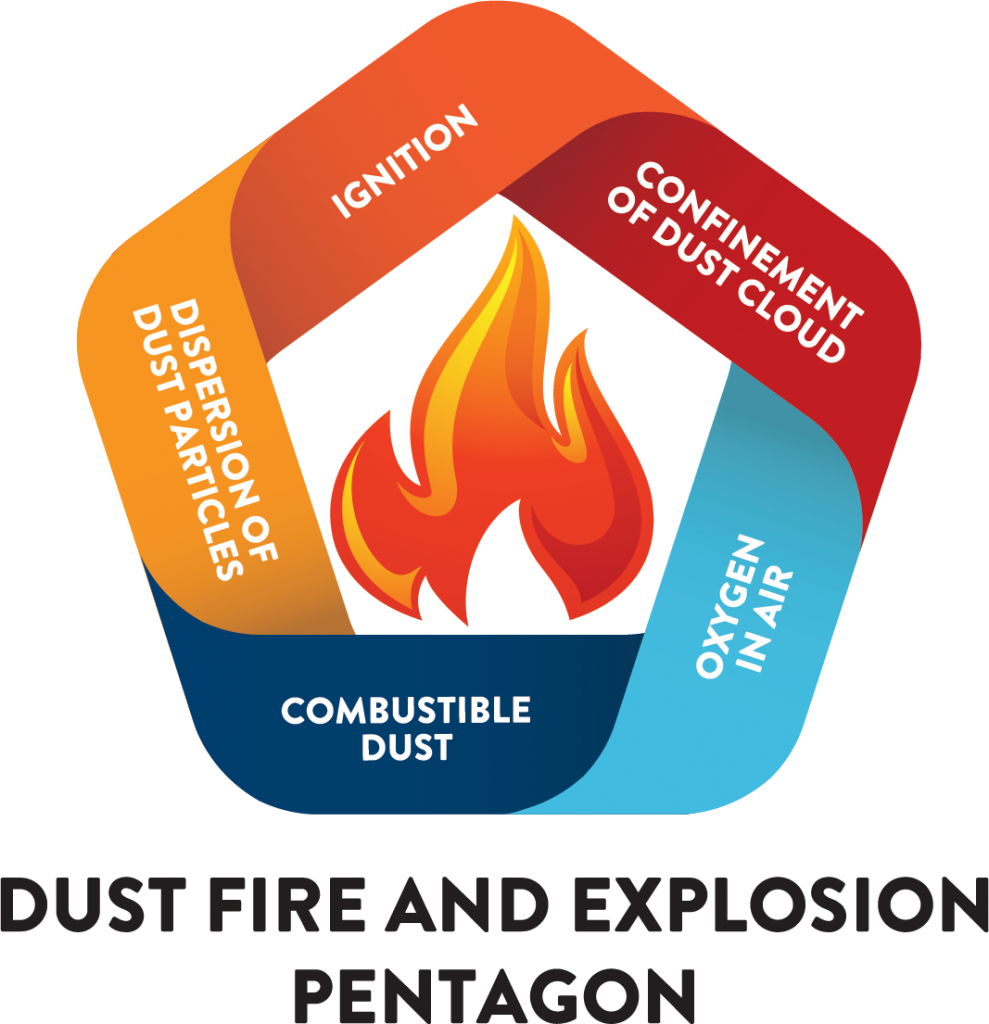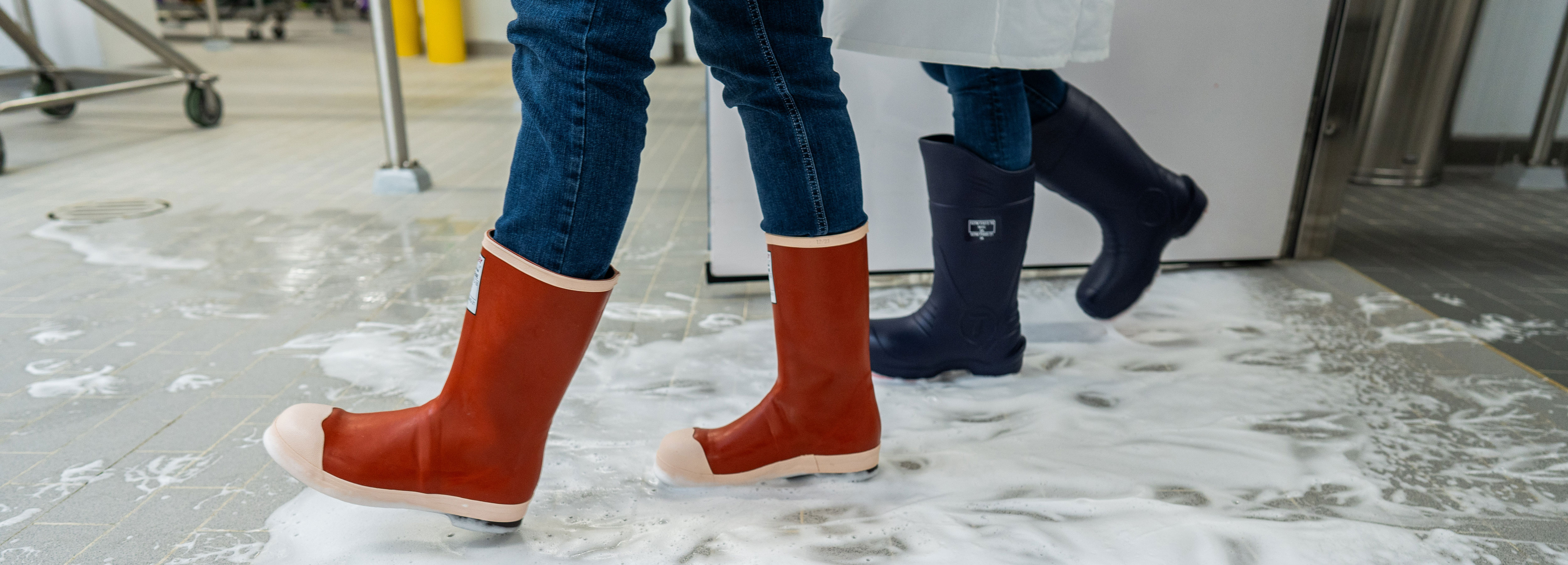 Every year, destructive and deadly dust-related fires and explosions affect a wide range of industries around the globe, including the food processing industry.
Every year, destructive and deadly dust-related fires and explosions affect a wide range of industries around the globe, including the food processing industry.
According to the 2021 Combustible Dust Incident Report Summary by Dust Safety Science, in the United States alone, there has been an average of 133 fires, 30 explosions, 39 injuries, and one to six fatalities per year (between 2016 and 2021).
To help manage dust-related fires, flash fires, and explosion hazards, the NFPA® introduced NFPA 652: Standard on the Fundamentals of Combustible Dust .
All facilities that handle or produce combustible dust, or particulate solids that may become dust, are at risk of a potential dust explosion. NFPA 652 defines combustible dust as a “finely divided combustible particle solid that presents a flash fire hazard or explosion hazard when suspended in air of the process-specific oxidizing medium over a range of concentrations.” A dust explosion occurs when the following elements combine at the same time: combustible dust, oxygen in air, dispersion, confinement, and ignition.
To improve plant safety and minimize or mitigate potential risks, NFPA 652 requires facilities to complete a Dust Hazard Analysis (DHA).
DHA is a tool used to identify the specific combustible dust hazards associated with a facility’s process to determine where credible fire, flashfire, and explosion hazards exist—allowing a facility to create a plan to minimize or mitigate potential risks.
All facilities that manufacture, blend, package, repackage, convey, or handle combustible dust or particulate solids that may become dust are required to complete a Dust Hazard Analysis per NFPA 652.
NFPA 652 recommends a Dust Hazard Analysis be completed by a team (not required) and led by a qualified person (required). If a facility decides to complete a DHA as a team, Plant Engineers, Environmental Health and Safety (EHS) personnel, and Plant Management are frequently involved in the process as they all provide valuable perspectives. Consider including Maintenance and Operations personnel who often have hands-on experience for additional insight to potential combustible dust hazards.
It is highly recommended to have a third party conduct and complete a Dust Hazard Analysis to avoid the risk of overlooking potential hazards. Contact Nelson-Jameson for third-party referrals in your area.
NFPA 652 requires a Dust Hazard Analysis to be completed for all new installations or expansions/upgrades to existing installations. A Dust Hazard Analysis should also be completed every five years, even if no changes have been made.
Authorities Having Jurisdiction (AHJ's) require a Dust Hazard Analysis be completed to comply with NFPA 652. (AHJ's = OSHA, Insurance Providers, Facility Safety Personnel, & Fire Marshals). The DHA will provide the facility with the areas/environments in which updates are necessary to comply with NFPA 652. Example: combustible dust safe certified industrial vacuums (not including shop-style vacuums or non-certified vacuums).
Currently, NFPA 652 is the standard for dust basics and is a good starting point for combustible dust standards, best practices, and the requirements for a Dust Hazard Analysis (DHA). The other five standards, all of which are commodity-specific, are:
A Dust Hazard Analysis varies for each company depending on their specific requirements. Contact Nelson-Jameson for referrals on third parties to conduct a Dust Hazard Analysis for your facility.

December 1, 2025
Nelson-Jameson understands that efficiency and worker safety are equally important goals in food manufac...

November 26, 2025
For food manufacturers, a lapse in either worker safety or food safety can initiate a domino effect. It ...

November 26, 2025
Ensuring worker safety and maximizing operational efficiency are not mutually exclusive goals in a food ...